The most ancient countries in the world can be mentioned such as: Egypt, China, India, Iran, Iraq, … Here are the top 10 most ancient countries in the world in detail.
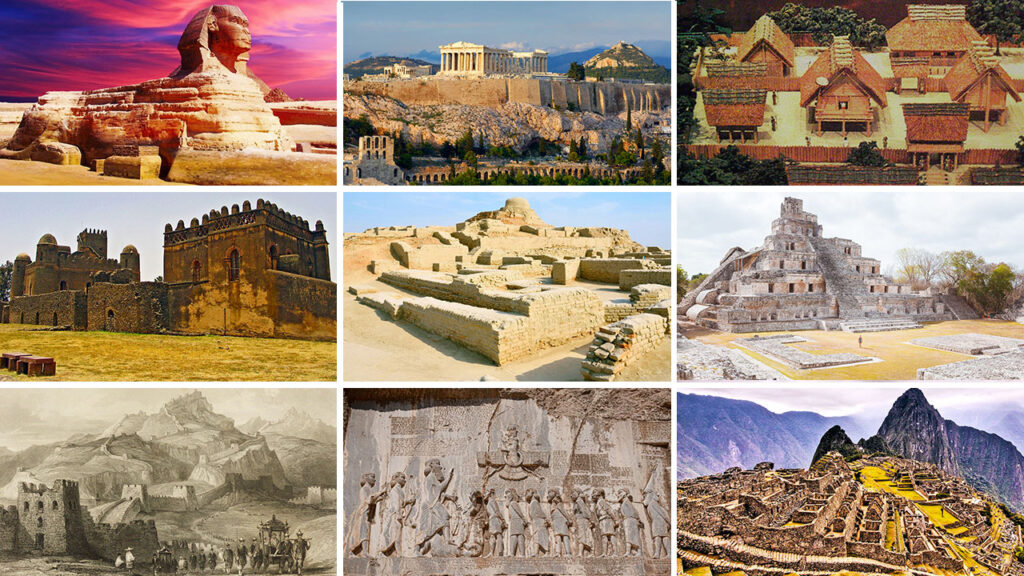
Top 10 most ancient countries in the world
1. Egypt (3100 BCE)
Egypt is one of the oldest civilizations in the world, with a rich and complex history that dates back to around 3100 BCE, when Upper and Lower Egypt were unified into a single kingdom. This period is known as the Early Dynastic Period and marks the beginning of the Old Kingdom, which lasted until around 2200 BCE.
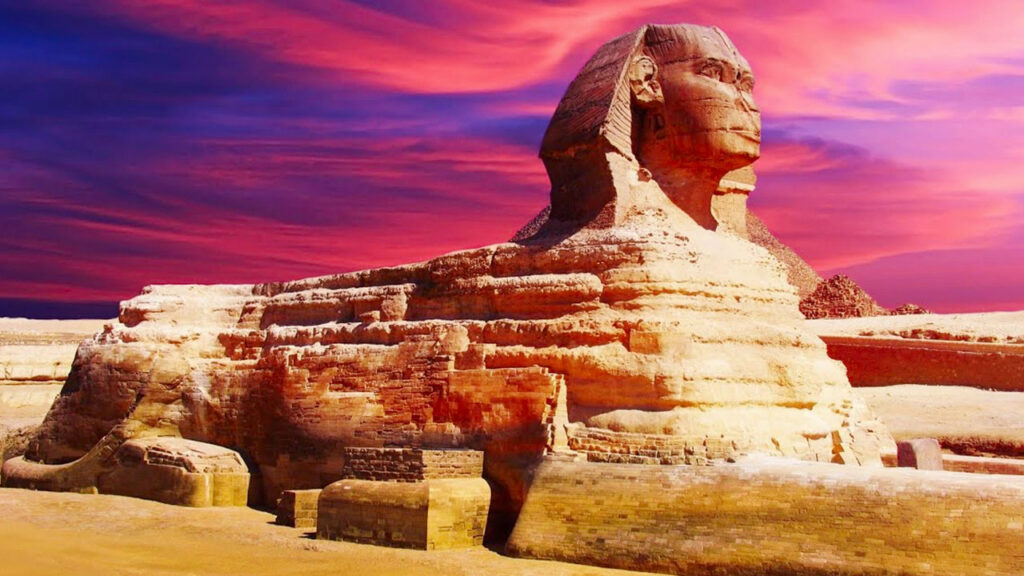
During the Old Kingdom, Egypt was a highly centralized state ruled by powerful pharaohs who built great pyramids as tombs for themselves and their consorts. The most famous of these is the Great Pyramid of Giza, built for the pharaoh Khufu. The Old Kingdom was also a time of great artistic and cultural achievements, with the development of hieroglyphic writing, monumental architecture, and the creation of complex religious beliefs.
The Middle Kingdom, which lasted from around 2050 BCE to 1650 BCE, saw a period of decentralization and political instability in Egypt. However, it was also a time of great cultural flourishing, with the creation of new literary works and a renaissance in art and architecture.
The New Kingdom, which began around 1550 BCE and lasted until 1070 BCE, was a time of great power and expansion for Egypt. It was during this period that the pharaohs established an empire that extended into Syria and Nubia. The New Kingdom also saw the construction of many of Egypt’s most famous monuments, including the temples at Luxor and Karnak, and the Valley of the Kings, where many of the pharaohs were buried.
Egypt’s long and complex history was marked by periods of prosperity, decline, and conquest. Over the millennia, it was ruled by various empires and dynasties, including the Hyksos, Assyrians, Persians, Greeks, and Romans. The country’s culture and traditions continue to influence the world today, with its ancient monuments and artifacts drawing millions of tourists each year.
2. China (2070 BCE)
The Xia Dynasty, considered by some as the first dynasty in Chinese history, is said to have been founded in 2070 BCE, marking the beginning of the Bronze Age in China. The Xia Dynasty was followed by the Shang Dynasty (1600-1046 BCE) and the Zhou Dynasty (1046-256 BCE), which saw the development of Chinese civilization, technology, and culture.
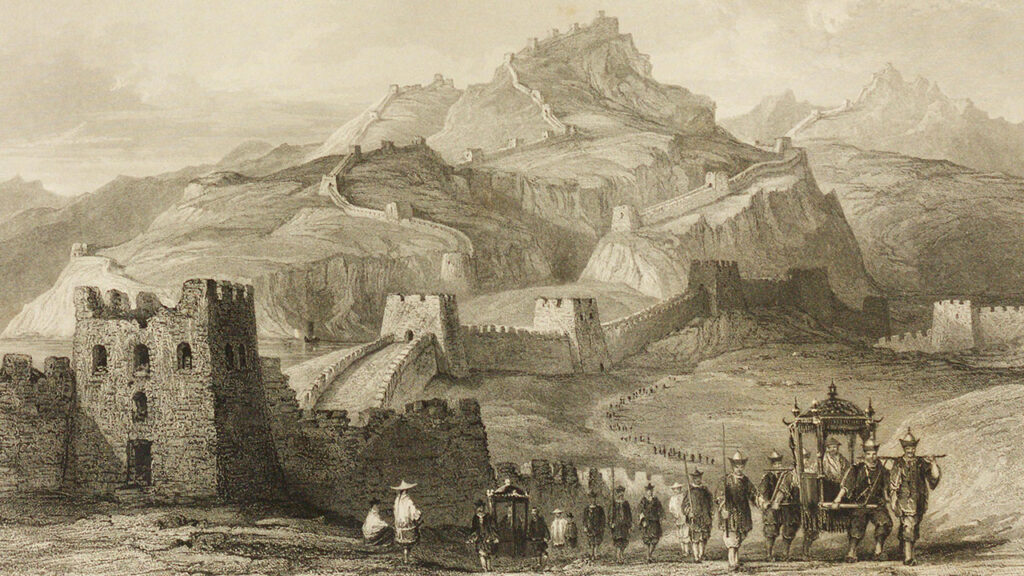
During the Shang Dynasty, the Chinese developed a system of writing, which used characters to represent words and ideas, and created sophisticated bronze vessels for ritual and ceremonial purposes. The Shang Dynasty also marked the beginning of the practice of ancestor worship and the use of oracle bones, which were used to predict the future and communicate with the gods.
The Zhou Dynasty saw the emergence of Confucianism, Taoism, and Legalism, three of the major philosophical and ethical systems in China. The Zhou Dynasty was also a time of great cultural flourishing, with the creation of new literature, music, and art.
China’s long history was marked by periods of political unity and division, economic growth and decline, and cultural and intellectual achievements. The country was ruled by various dynasties, including the Qin, Han, Tang, Song, Yuan, Ming, and Qing, which all left their mark on China’s culture and history.
Today, China is one of the world’s most populous and powerful countries, with a rich cultural heritage that continues to influence the world through its art, philosophy, science, and technology.
3. India (2600 BCE)
India is an ancient country with a rich and complex history that dates back to the Indus Valley Civilization, which was established around 2600 BCE. The Indus Valley Civilization, also known as the Harappan Civilization, was one of the world’s earliest urban societies, with sophisticated town planning, trade, and agriculture.
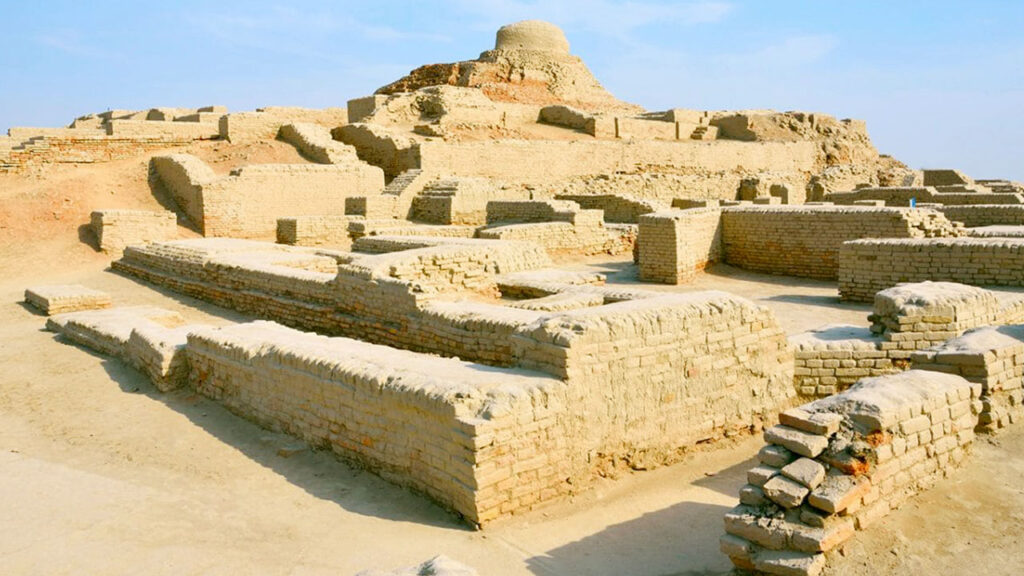
The Indus Valley Civilization was followed by a series of kingdoms and empires, including the Maurya Empire (321-185 BCE) and the Gupta Empire (320-550 CE), which saw the development of Indian literature, philosophy, and art.
India’s cultural and religious heritage is characterized by the Vedic period, during which the Vedas, the oldest sacred texts of Hinduism, were written. The period also saw the development of the caste system, which divided Indian society into different social and occupational groups.
In the 16th century, the Mughal Empire established itself in India, creating a rich legacy of Islamic architecture, art, and literature. The British East India Company later established control over India, leading to a period of colonization and exploitation that lasted until India gained independence in 1947.
India is now a diverse and complex society, with a rich and varied cultural heritage that continues to evolve and thrive. It is home to a wide variety of religions, languages, and ethnic groups, and its art, literature, music, and cuisine are celebrated around the world. Today, India is the world’s largest democracy and one of the fastest-growing economies, with a dynamic and vibrant culture that continues to influence the world.
4. Iran (2700 BCE)
Iran, also known historically as Persia, has a rich and ancient history that dates back to around 2700 BCE, when the Elamite civilization was established in the region. The Elamites were followed by the Achaemenid Empire, founded in 550 BCE by Cyrus the Great, which became one of the world’s most powerful empires, spanning from Greece to India.
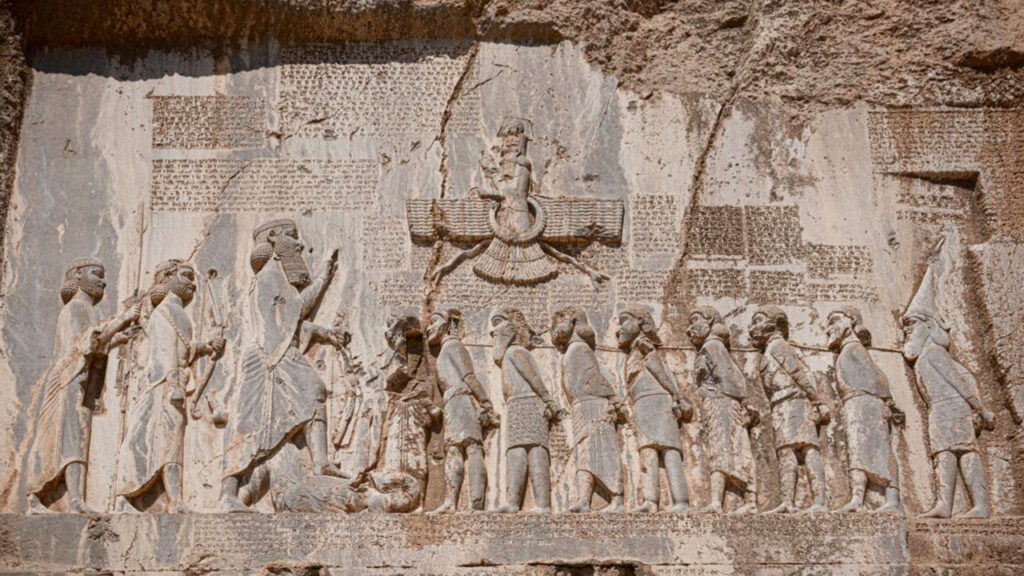
The Achaemenid Empire was known for its sophisticated administration, architecture, and art, and its rulers promoted religious tolerance and freedom of worship. The empire was later conquered by Alexander the Great in 330 BCE, and subsequently ruled by the Seleucid and Parthian dynasties.
In the 7th century CE, Islam was introduced to Persia, and the region became a center of Islamic culture and learning. The Safavid dynasty, which ruled from 1501 to 1736, saw the emergence of the Shi’a branch of Islam as the dominant faith in Persia, and the development of Persian literature, art, and music.
The Qajar dynasty, which ruled from 1794 to 1925, saw the modernization of Iran’s infrastructure and the introduction of Western technology, education, and culture. Iran became an important player in global politics, with its oil resources attracting the attention of foreign powers.
Iran underwent major changes in the 20th century, including a revolution in 1979 that overthrew the monarchy and established an Islamic republic. Since then, Iran has faced political and economic challenges, but it remains an important cultural and historical center, with a rich heritage of art, literature, music, and architecture.
5. Iraq (2700 BCE)
Iraq, also known historically as Mesopotamia, has a long and rich history that dates back to around 2700 BCE, when the Sumerian civilization was established in the region. The Sumerians developed the first system of writing, known as cuneiform, and created sophisticated systems of government, law, and commerce.
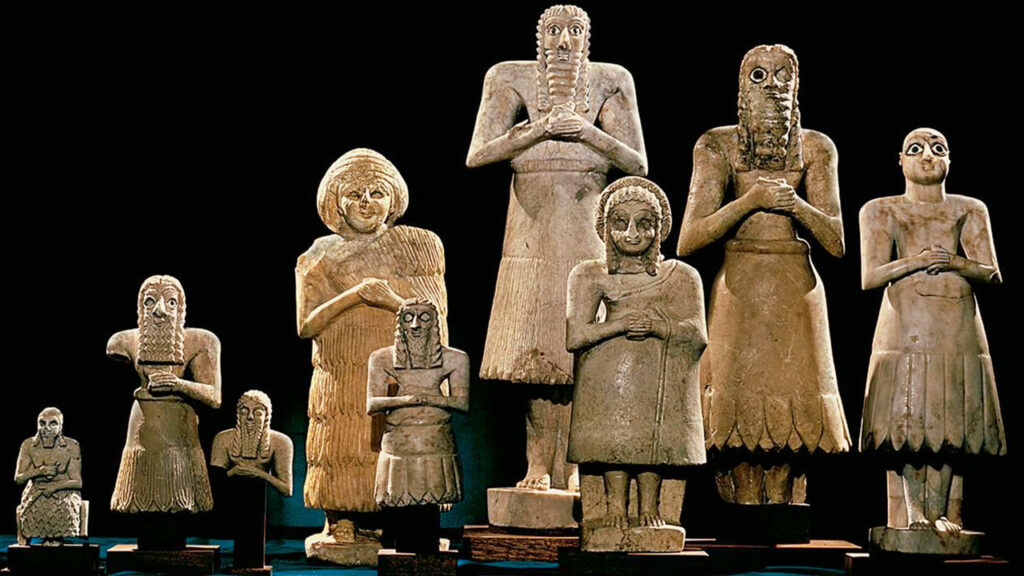
The Sumerians were followed by a series of kingdoms and empires, including the Akkadian Empire (2334-2154 BCE) and the Babylonian Empire (1894-539 BCE), which saw the development of some of the world’s most impressive works of architecture, such as the Hanging Gardens of Babylon and the Ziggurat of Ur.
Iraq was also an important center of Islamic civilization, with the city of Baghdad becoming a center of learning and culture during the Abbasid caliphate (750-1258 CE). The Abbasids were known for their patronage of the arts and sciences, and their translation of Greek and Roman works into Arabic.
Iraq was later ruled by the Ottoman Empire, and became a British protectorate after World War I. It gained independence in 1932, but remained a politically unstable country, facing a series of coups, wars, and conflicts in the 20th century.
Today, Iraq is a diverse and complex society, with a rich cultural and religious heritage that includes Islam, Christianity, and Judaism, as well as a variety of ethnic and linguistic groups. Despite ongoing political and economic challenges, Iraq remains an important center of Middle Eastern culture and history, with a wealth of archaeological sites and cultural monuments that continue to attract visitors from around the world.
6. Greece (3000 BCE)
Greece has a rich and ancient history that dates back to around 3000 BCE, with the emergence of the Minoan and Mycenaean civilizations. These civilizations were known for their sophisticated art, architecture, and writing systems, and were followed by a series of city-states, including Athens, Sparta, and Corinth.
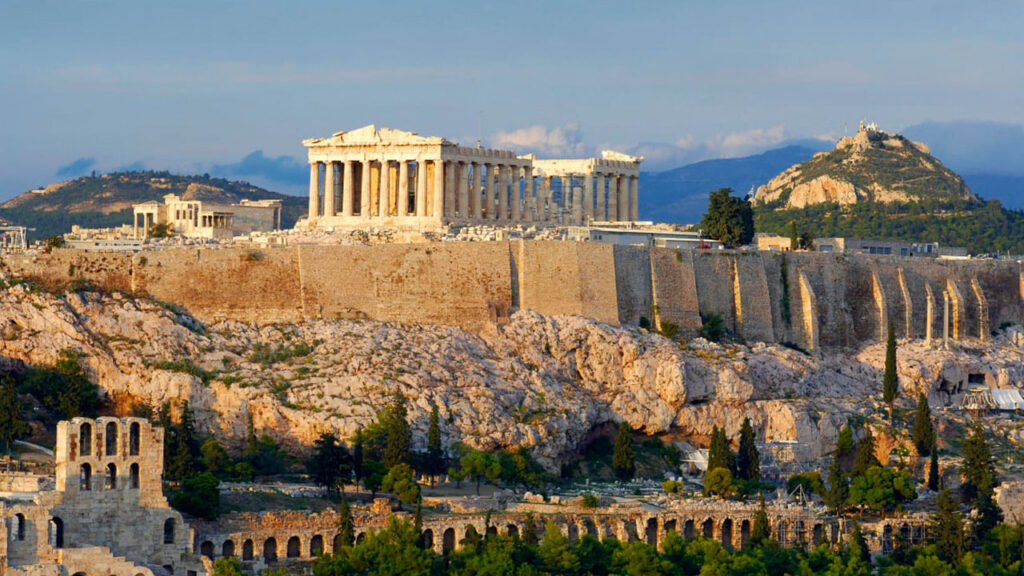
Greece was the birthplace of Western philosophy, with notable philosophers such as Socrates, Plato, and Aristotle, who laid the foundations for the development of Western thought. It was also the birthplace of democracy, with Athens being the first city-state to introduce democratic governance in the 5th century BCE.
Greece was later conquered by the Romans and became a province of the Roman Empire. During this period, Greek culture and language continued to flourish, with the development of Greco-Roman art, literature, and philosophy.
In the Byzantine period, Greece became part of the Eastern Roman Empire, and saw the development of Byzantine art and architecture, including the construction of impressive churches and monasteries.
In the modern era, Greece gained independence from the Ottoman Empire in 1821, and became a republic in 1975. Greece is now a member of the European Union and a popular tourist destination, known for its beautiful beaches, ancient monuments, and rich cultural heritage. Its art, literature, and philosophy continue to inspire and influence the world.
7. Japan (14,000 BCE)
While human settlement in Japan dates back to the Paleolithic period, around 30,000 BCE, the Jomon period, which began around 14,000 BCE, is considered the earliest period of Japanese history. During this time, hunter-gatherers developed a distinctive culture characterized by pottery, weaving, and fishing.
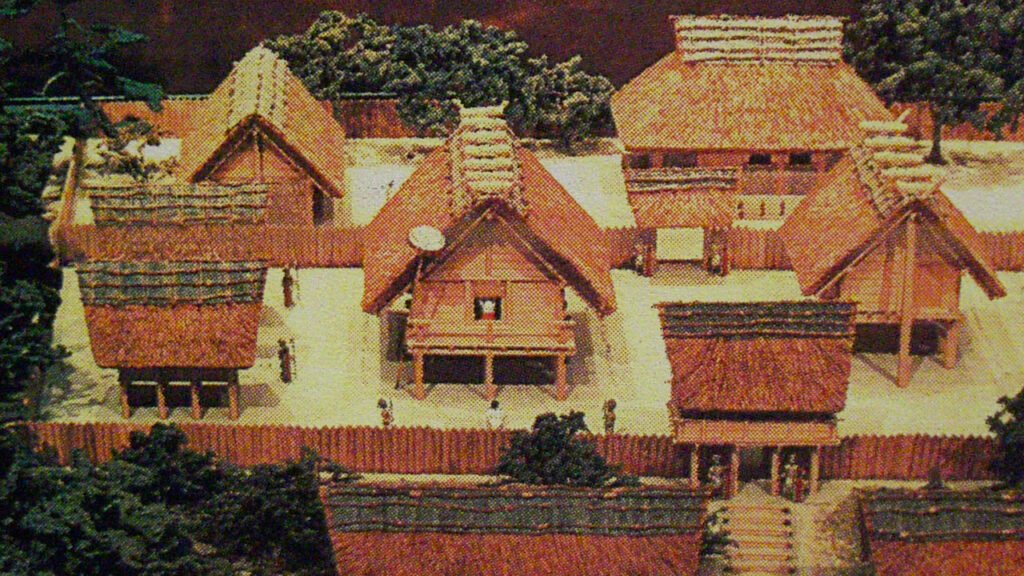
In the Yayoi period (300 BCE – 300 CE), rice farming was introduced to Japan, leading to the development of complex social and political structures. The Yayoi period was followed by the Kofun period (300 – 710 CE), during which large burial mounds were constructed and the first states emerged.
In the 8th century, the first imperial capital was established in Nara, and Buddhism was introduced from China and Korea. The Heian period (794 – 1185) saw the development of a rich and sophisticated court culture, characterized by poetry, literature, and art.
During the medieval period, Japan was dominated by a series of military governments known as shogunates. The Kamakura (1185 – 1333) and Muromachi (1336 – 1573) shogunates saw the development of samurai culture and the construction of impressive castles and temples.
In the 17th century, the Tokugawa shogunate established a period of relative peace and stability, known as the Edo period, which lasted until the Meiji Restoration in 1868. The Edo period saw the development of a vibrant popular culture, including kabuki theater, woodblock prints, and ukiyo-e paintings.
In the modern era, Japan emerged as a major economic and technological power, with a culture that has had a profound influence on the world. Its manga, anime, and video games are enjoyed by millions of people around the world, and its technology, from automobiles to electronics, is renowned for its quality and innovation.
8. Ethiopia (100 CE)
Ethiopia, located in the Horn of Africa, has a long and rich history that dates back to ancient times. The region has been inhabited by various ethnic groups, including the Oromo, Amhara, Tigray, and Somali, for thousands of years.
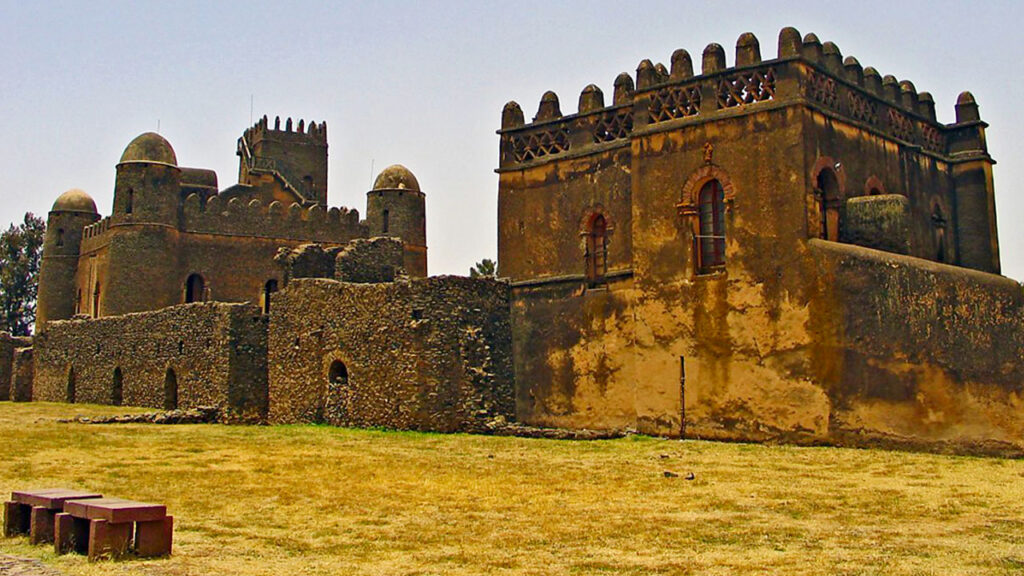
The Axumite Empire, which emerged in the 1st century CE, was one of the earliest and most powerful civilizations in Africa and played an important role in the development of trade and Christianity in the region. The Axumites developed a sophisticated system of agriculture, architecture, and commerce, and constructed impressive buildings and monuments, such as the obelisks of Axum.
In the 13th century, the Zagwe dynasty established a new capital in Lalibela, and built a series of remarkable rock-hewn churches, which are still considered some of the most impressive religious monuments in the world.
Ethiopia was later ruled by a series of empires and kingdoms, including the Solomonic dynasty, which lasted from the 13th to the 20th century, and was known for its patronage of the Ethiopian Orthodox Church and its development of a unique culture and language.
In the 19th and 20th centuries, Ethiopia faced a series of challenges, including colonialism, foreign invasion, and political instability. However, the country maintained its independence and cultural identity, and in 1991, a new government was established, which has since implemented a number of political and economic reforms.
Today, Ethiopia is a diverse and vibrant country, with a rich cultural heritage that includes Christianity, Islam, and traditional African religions. Its ancient monuments, such as the rock-hewn churches of Lalibela and the castles of Gondar, continue to attract visitors from around the world, and its music, literature, and art are renowned for their depth and complexity.
9. Peru (3500 BCE)
Peru, located in South America, has a rich and diverse history that dates back to the pre-Columbian era. The region was home to a number of advanced civilizations, including the Norte Chico, Moche, and Inca, which developed sophisticated agricultural, architectural, and artistic traditions.
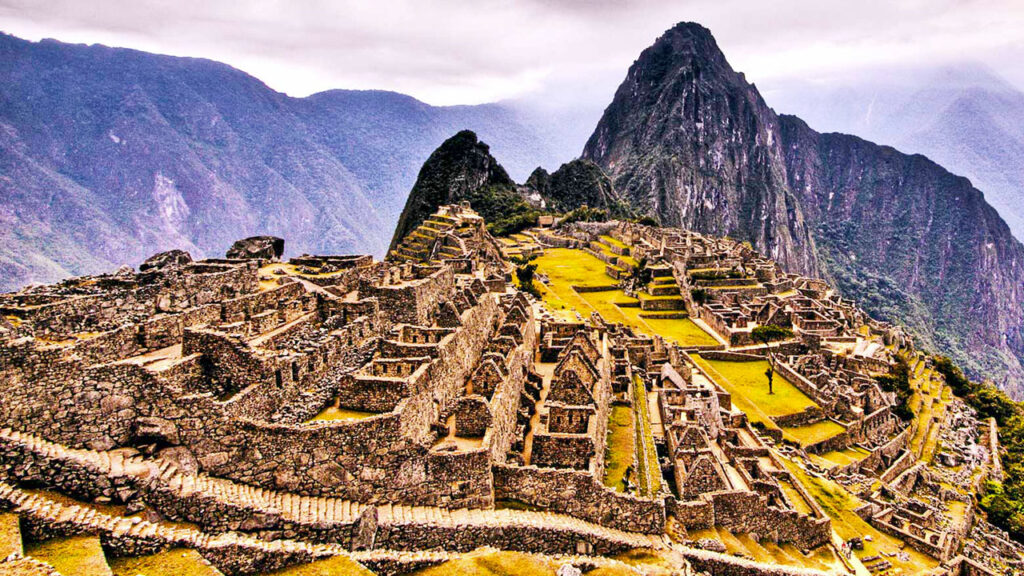
The Norte Chico civilization, which emerged around 3500 BCE, is considered one of the earliest civilizations in the Americas. It is known for its impressive stone architecture, including the pyramids of Caral, which are among the oldest and largest structures in the Americas.
The Moche civilization, which flourished from around 100 to 700 CE, developed a complex society with a highly organized political and religious system. The Moche were known for their impressive metalwork, ceramics, and textiles, which are considered some of the finest in the ancient world.
The Inca civilization, which emerged in the 13th century and lasted until the arrival of the Spanish in the 16th century, was one of the largest and most powerful empires in the world. The Inca developed a complex system of governance, engineering, and agriculture, and constructed impressive buildings and monuments, such as the fortress of Sacsayhuaman and the ruins of Machu Picchu.
After the arrival of the Spanish, Peru became a colony of the Spanish Empire, and suffered greatly from the forced labor and disease brought by the Europeans. However, the country maintained its rich cultural traditions and identity, and today, its ancient monuments, such as Machu Picchu and the Nazca lines, continue to attract visitors from around the world. Peru is also known for its vibrant cuisine, music, and arts, which reflect the country’s diverse cultural heritage.
10. Mexico (1400 BCE)
Mexico, located in North America, has a rich and diverse history that dates back to the pre-Columbian era. The region was home to a number of advanced civilizations, including the Olmec, Maya, and Aztec, which developed sophisticated agricultural, architectural, and artistic traditions.
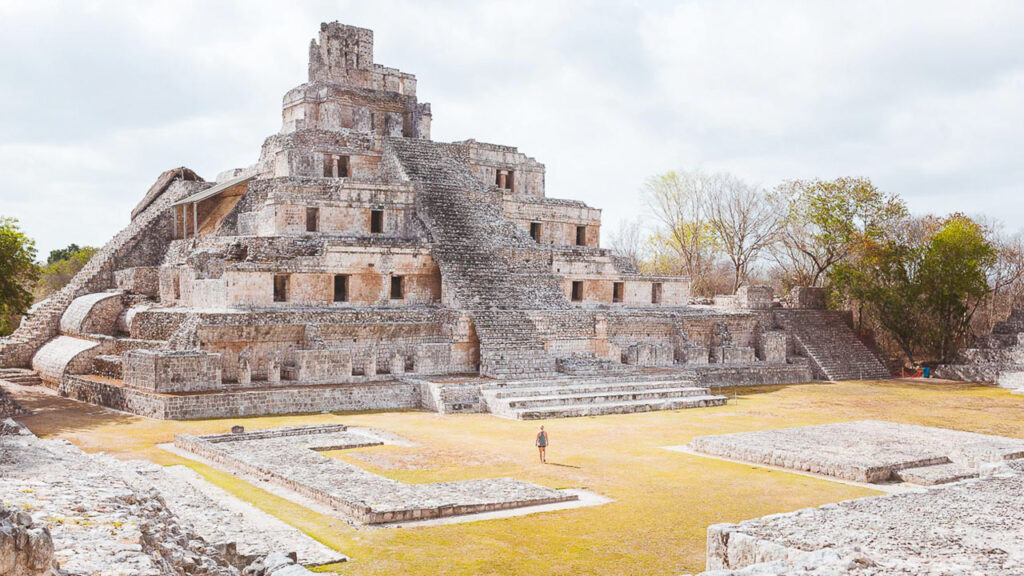
The Olmec civilization, which emerged around 1400 BCE, is considered one of the earliest civilizations in Mesoamerica. It is known for its impressive stone sculpture, including the famous giant stone heads, and its development of a complex religious and cultural system.
The Maya civilization, which flourished from around 200 to 900 CE, developed a complex society with a highly organized political and religious system. The Maya were known for their impressive architectural achievements, including towering pyramids and elaborate cities, as well as their hieroglyphic writing and intricate calendar system.
The Aztec civilization, which emerged in the 14th century and lasted until the arrival of the Spanish in the 16th century, was one of the largest and most powerful empires in the Americas. The Aztec developed a complex system of governance, engineering, and agriculture, and constructed impressive buildings and monuments, such as the Templo Mayor in Tenochtitlan and the pyramids of Teotihuacan.
After the arrival of the Spanish, Mexico became a colony of the Spanish Empire, and suffered greatly from the forced labor and disease brought by the Europeans. However, the country maintained its rich cultural traditions and identity, and today, its ancient monuments, such as the ruins of Teotihuacan and Chichen Itza, continue to attract visitors from around the world. Mexico is also known for its vibrant cuisine, music, and arts, which reflect the country’s diverse cultural heritage.


